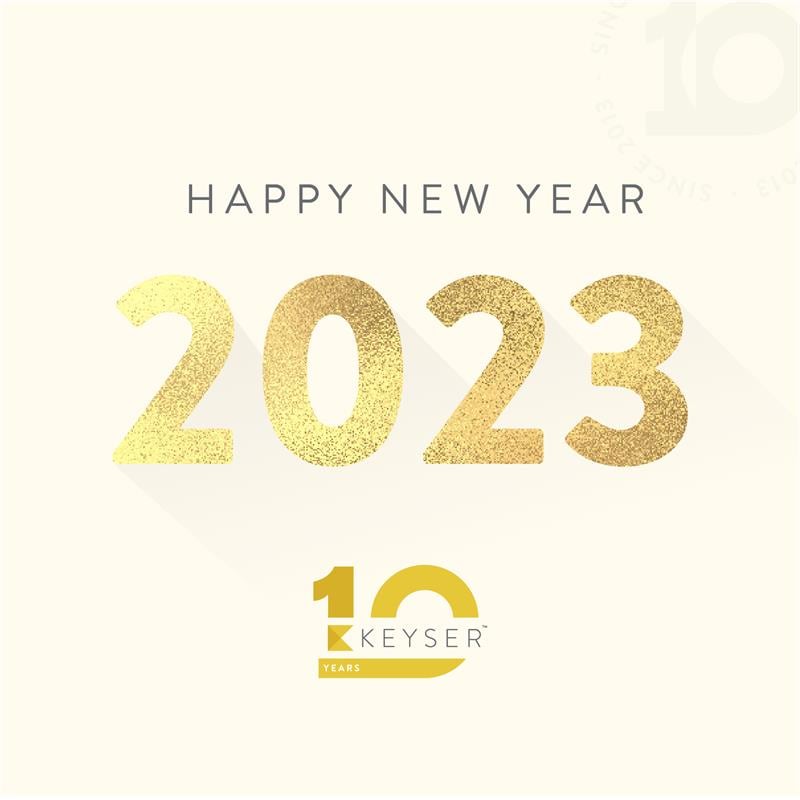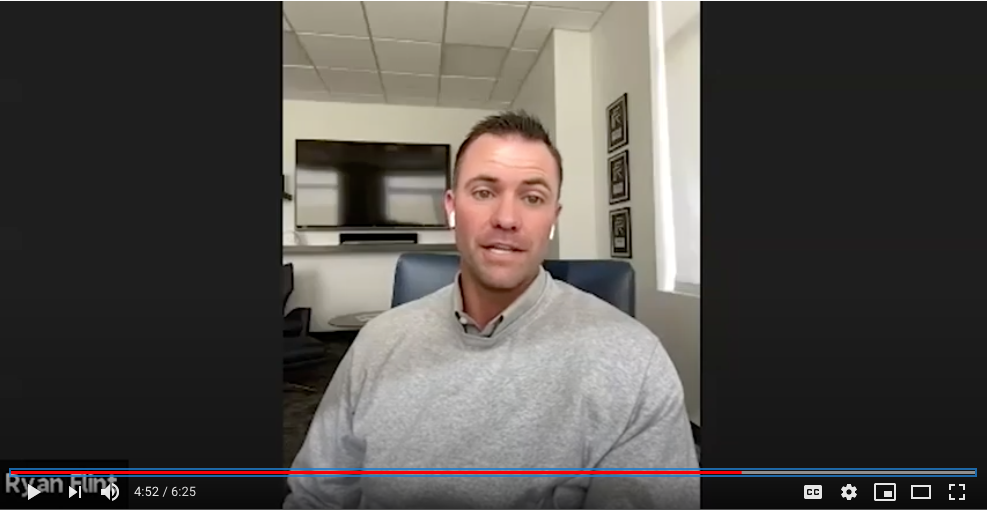
When a little kid falls and skins his knee, he doesn’t drop his head and say, “I suck. I’m never going to try again.” His parents don’t scream at him, “How dare you trip?!” In business, however, people feel this way all the time. They’re fueled by the fear of making a costly mistake, so they avoid risks.
But they forget a vital lesson: Mistakes are useful. A report published in Scientific American found that our brains actually grow as we learn from our mistakes. They build paths that eventually lead to success if we leverage that information properly. In other words, we should celebrate mistakes because they get us one step closer to our desired outcome.
Mistakes, by their nature, are unintentional. They usually result from people sizing up a situation and going left when they should have gone right. Just don’t confuse genuine mistakes with irresponsibility, which is grounded in consistent carelessness. When people fear mistakes, they underachieve and underperform.
Your team needs the confidence to be bold and fearless because that’s precisely where value is created. To celebrate your employees’ mistakes and help them be daring enough to fail, use these three strategies:
1. Build a safety net.
Your employees should feel secure enough to take bold action. Meet with your team members to determine whether they feel welcome to share ideas and use their strengths and talents. In a trusting and engaging work environment, employees should feel less pressure to avoid mistakes.
One way I practice this is by supporting my employees as they lead client meetings. Many people are afraid to talk with a client when the boss is in the room because they’re worried about the review that could follow. Silencing employees, whether it’s intentional or not, prevents them from truly adding value. Encouraging employees to take risks helps them produce highly effective results, build their confidence, and develop their skills without fear of repercussions.
2. Shine a light on imperfections.
No one is perfect, and that’s OK. When your employees slip up, don’t reprimand them — recognize the mistake and turn it into a teaching moment.
For instance, an employee of mine thought I was going to read him the riot act after he sent out a not-so-great email. Instead, I told him to email the client back, openly admit the mistake, and fix the situation. The client trusted him even more because he acted authentically instead of creating a larger mess by trying to work around the mistake. Once you start treating errors as learning experiences, employees will feel brave enough to take the risks that yield the biggest rewards.
3. Open your own book.
Your employees will never feel safe to make mistakes if they think you’re flawless. During every team meeting, I discuss my own faults because it shows people I’m working hard to affect change in myself and my practice. My openness permits them to be more candid with me, each other, and their clients. It also makes them more productive because they don’t have to spend as much time covering up errors.
We all make mistakes, but it’s not something to fear. Instead, make sure you and your employees learn from them and prevent irresponsible behavior going forward.
You can’t become the best if you never take risks. We learn by doing, experiencing, and living — even if you did it wrong. Celebrate those falls, and show your employees how to stand up and get back in the game. Eventually, they’ll rise to their fullest potential.





